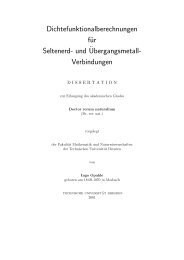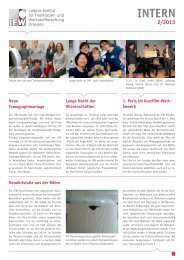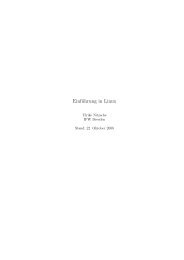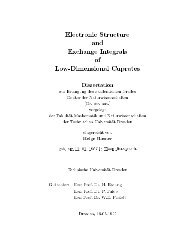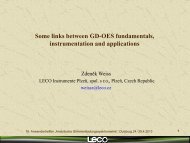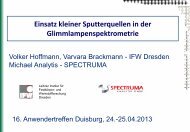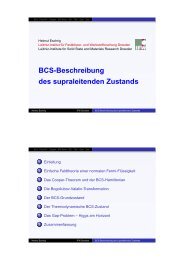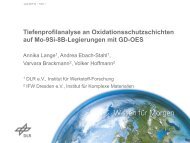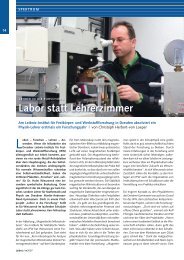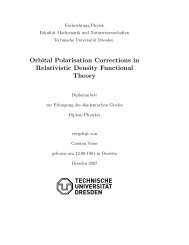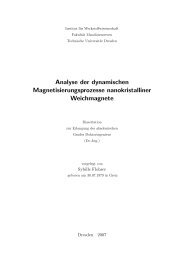ALBERTO BOLLERO REAL
ALBERTO BOLLERO REAL
ALBERTO BOLLERO REAL
Create successful ePaper yourself
Turn your PDF publications into a flip-book with our unique Google optimized e-Paper software.
Synopsis<br />
Nanocrystalline permanent magnets present unusual magnetic properties because of<br />
surface/interface effects different from those of bulk or microcrystalline materials. This is<br />
mainly due to the grain size and the presence or absence of intergranular phases. The first<br />
part of this work presents results of a systematic investigation of the relationship between<br />
microstructure and magnetic properties in isotropic nanocrystalline (Nd,Pr)(Fe,Co)B<br />
permanent magnets. Highly coercive (Nd,Pr)FeB-type magnets have been produced using<br />
high energy ball milling and melt-spinning techniques. The influence of small amounts of<br />
additives, Dy and Zr, and the substitution of Nd by Pr on the microstructural and magnetic<br />
properties are shown. An assessment of the hot deformation behaviour for these materials<br />
has been carried out. The lowest deformation stresses necessary for texturing were<br />
obtained for the as-milled Pr-containing alloys.<br />
Intensive milling of an alloy with starting composition Pr 9 Nd 3 Dy 1 Fe 72 Co 8 B 6.9 Zr 0.1 yielded,<br />
after subsequent annealing treatment, nearly single-phase magnet powders with a<br />
maximum energy product (BH) max ∼ 140 kJm -3 . Co is shown to have a beneficial effect on<br />
the intrinsic magnetic properties but also on the microstructure, with a mean grain size of<br />
20 nm. Furthermore, intensive milling has shown to be a very versatile technique to<br />
produce high-performance nanocomposite magnets by blending this latter alloy with<br />
different fractions of soft magnetic α-Fe. Addition of 25wt.% α-Fe led to an optimum<br />
combination of magnetic properties with a very high (BH) max value of 178 kJm -3 due to an<br />
effective exchange-coupling between the hard and the soft magnetic phases.<br />
Reversibility measurements of the demagnetisation curves give important information on<br />
the magnetisation processes in exchange-coupled magnets. The intergrain interactions<br />
between the crystallites of the nanocomposite structure have been analysed in the second<br />
part of this study.<br />
Demagnetisation recoil loops of the nanocomposite magnets have shown relatively open<br />
minor loops due to the exchange-spring mechanism. Information about the intergrain<br />
interactions during demagnetisation can be obtained by plotting the deviation of the<br />
demagnetising remanence from the Wohlfarth-model (“δJ-plot”). Exchange-coupling<br />
phenomena have been studied by analysing the evolution of the corresponding δJ values<br />
i



